Choosing which type of air filter to use on your AC is an important decision.
We look at the different types available on the market and their uses to decide which option best suits you.
Washable and disposable air filters have advantages and disadvantages, so let’s look at these first before we investigate MERV ratings, construction materials, cost, and maintenance requirements.
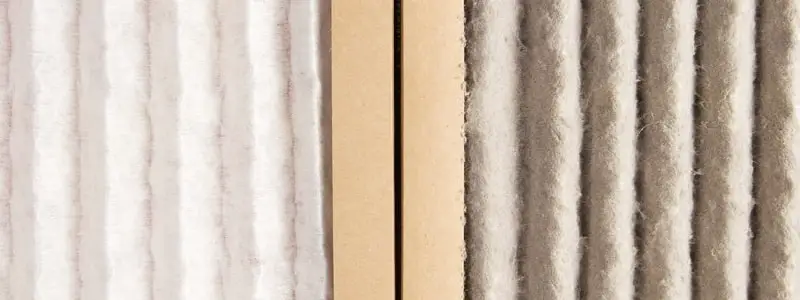
TL;DR: Washable vs Disposable Air Filter
Before we begin our detailed guide, here’s a quick overview.

Washable Air Filter

Disposable Air Filter
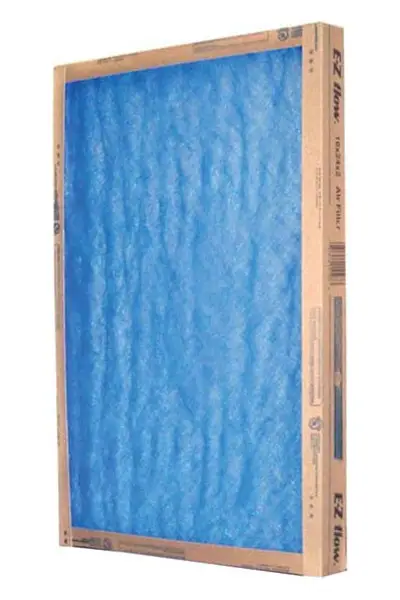
Pros
Washable Air Filter
Long filter life
Long-term cost savings
Lower environmental impact
Fewer trips to the hardware store
Disposable Air Filter
Low initial cost
Higher MERV ratings
Quick and easy replacement
Lower health risk from mold and bacteria
Cons
Washable Air Filter
Higher initial cost
More time spent on maintenance
Possibility for mold to develop on the filter
Disposable Air Filter
Higher long-term cost
Higher environmental impact
You need to buy replacement filters constantly
Best For
Washable Air Filter
Washable air filters are best for isolated homesteads where constant trips to the hardware store can be problematic. If you’re environmentally conscious, a washable air filter is also best.
Disposable Air Filter
Disposable air filter’s most significant advantage is the convenience of changing them. If you have health concerns, then disposable air filters are the best option.
What Is a Washable Air Filter, and What Is It Made Of?
A washable air filter can be washed and reused several times. Typically, these air filters have a lifespan of between five and six years. Most washable air filters only have a MERV rating between one and four. Still, some electrostatic filters have a MERV rating of up to 13.
Manufacturers use various materials to construct washable air filters. The most common materials include fiberglass, folded polyester, cotton fabric, or electrostatic polyester fibers encased in an aluminum mesh.
Fiberglass
The cheapest filters use tightly packed fiberglass for filtration. These filters also have the lowest MERV rating.
Folded Polyester or Cotton
These pleated filters look like an accordion and trap smaller particles without restricting the airflow.
Electrostatic Filters
These filters use the natural ability of polyester fibers to generate a static charge. Charged particles stick to metal mesh in the second stage of the filter.
Some washable filters use a spray to help trap more dirt, and on others, you’ll need to replace the charcoal used for absorbing odors. Disassembling and washing some types of washable air filters can be time-consuming.
You may damage the filter or reassemble it incorrectly. Be careful to clean all the components of a washable air filter thoroughly to maintain indoor air quality.

What is a Disposable Air Filter, and What is it Made Of?
You can’t wash and reuse a disposable air filter. Once the filter is dirty, you need to purchase a new one and replace the used filter. Although disposable air filters use the same construction materials as washable ones, the filter is more finely woven. It catches smaller particles, giving better quality indoor air.
Fiberglass
Fiberglass remains the cheapest option. Disposable fiberglass filters use smaller diameter fibers more tightly woven to improve the MERV rating.
Folded Polyester or Cotton
These filters have a corrugated appearance. The polyester or cotton cloth is more tightly woven than washable filters, giving the disposables a higher MERV.
HEPA Filters
HEPA is an acronym for High-Efficiency Particulate Air. Essentially, a HEPA filter is a filter with a high MERV, able to filter smaller particles from the air and providing better quality indoor air. Air conditioning relies on good airflow to work correctly, so a high MERV filter will negatively affect performance and energy efficiency.
Disposable filters also use adhesive sprays to improve their efficiency and activated charcoal for odor control. The closer weave and thinner fibers make it impractical to wash these types of filters. Even after cleaning, the impurities remain trapped in the fibers.

Relevant Characteristics Between a Washable and a Disposable Air Filter
Washable vs Disposable Air Filter
Compare by tapping or clicking below!

Cost
Washable Air Filter
$75-$100
Disposable Air Filter
$15-$20
MERV Rating
Washable Air Filter
1-4 (up to 13 for electrostatic types)
Disposable Air Filter
1-16 (Specialised filters can filter up to 20 MERV for clean rooms and radioactive substances)
Efficiency
Washable Air Filter
N/A (related to MERV)
Disposable Air Filter
N/A (related to MERV)
Maintenance Requirement
Washable Air Filter
Wash monthly or every three months
Disposable Air Filter
Replace every one to three months
Longevity
Washable Air Filter
5-6 years
Disposable Air Filter
1-3 months
Similarities and Differences Between Washable and Disposable Air Filters
Knowing the differences and similarities between the two options for AC air filters is vital in deciding which type is best for your home. We discuss the filters in more detail below, highlighting differences and similarities between them.
Differences
We’ll first look at the differences between washable and disposable filters and discuss how these affect your AC system.
Cost
At first glance, the cost of a washable filter is high compared to disposable filters. You can make up the initial cost of a washable filter within four to six months in savings on replacement filters. Washable filters need to be sturdier, and this adds to the manufacturing cost.
MERV Rating
Disposable filters typically have a higher MERV rating than washable filters, filtering a higher percentage of particles from the air. Most residential applications use filters rated between three and seven MERV, and 12 MERV is considered superior. Typically window ACs air filters have 1 MERV. Air filters with higher particulate arresting capacity also restrict airflow, and this impacts the performance and efficiency of your AC.
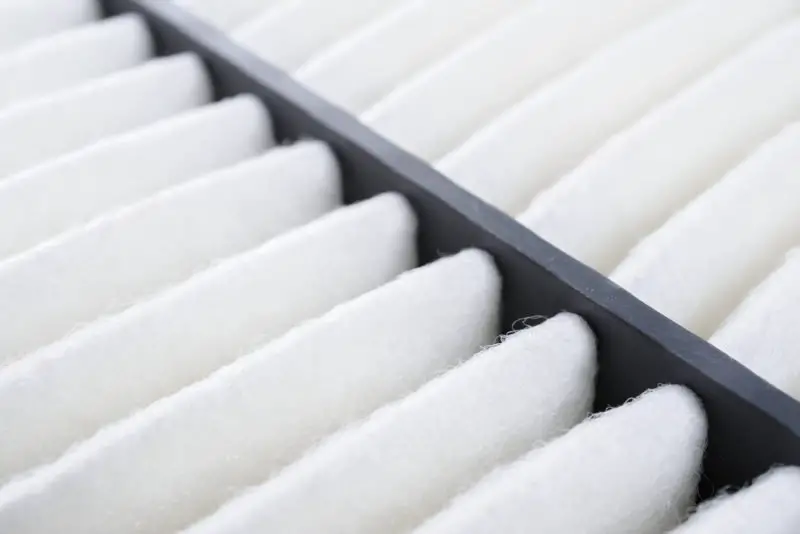
Maintenance
Both types of filters need to be removed at similar intervals. Still, the difference is that you need to set more time aside to disassemble, wash, and then dry a washable filter before replacing it. All you need to do with a disposable filter is remove the old one and dispose of it, replacing it with the new filter.
Longevity
You only need to replace a washable filter after 5 to 6 years unless it’s damaged in some way. Disposable filters only last between one and three months before they need replacement. Some washable filters may even last the lifetime of the AC itself if looked after properly.
Similarities
There doesn’t seem to be many similarities between washable and disposable filters for your AC on the surface. A closer look reveals some similarities, though. Let’s look at those similarities.
Function
Both washable and disposable filters perform the same function on your AC. They both filter potentially harmful particles from the air, protect the components of your system and improve indoor air quality. Although disposable air filters generally filter more particulates from the air, either type is suitable for most residential purposes.
Construction Materials
Both types of air filters use similar materials in their manufacture. Most air filters use fiberglass, polyester, or cotton as the filtering medium. Manufacturers can use denser weave and thinner fibers for disposable filters, giving them a higher MERV rating.
Maintenance
Whether you’re using a washable or a disposable filter, the maintenance intervals between them remain the same. Most manufacturers recommend checking the air filters every 30 days, but the operating circumstances of the AC also affect this interval. The filters on a holiday home may only need replacement annually. Still, if you smoke indoors or have pets, the gap is closer to 20 days. Other factors include outdoor pollution levels and the home occupants’ health morbidities like asthma or allergies.
Performance
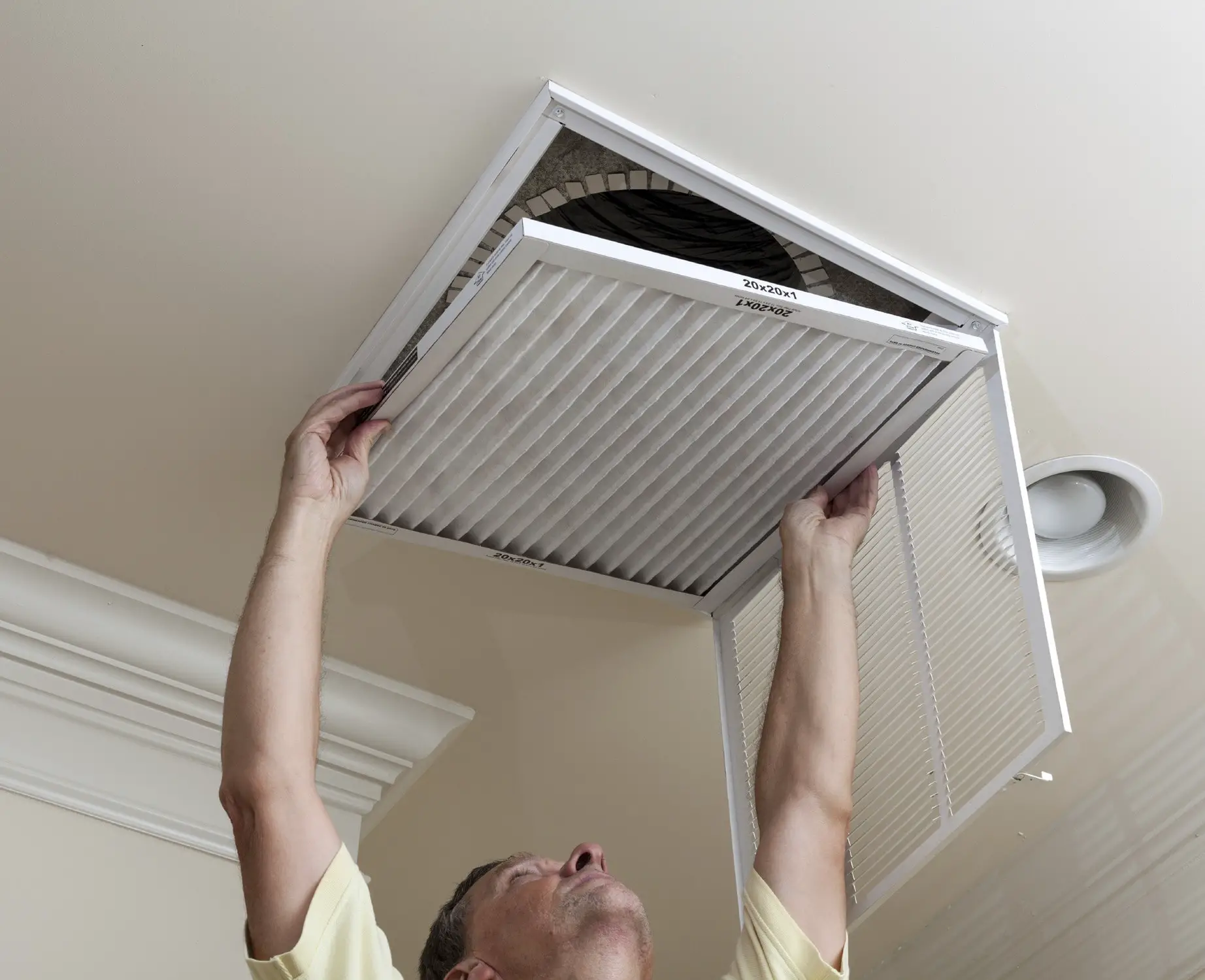
An air filter with a 7 MERV rating will filter the same amount of particles whether you choose a washable or a disposable type. Typically, disposable filters have a higher MERV because manufacturers can weave the fibers more densely.
Protection
Both washable and disposable air filters will protect the components of your AC system and improve indoor air quality. If the filters become dirty or you haven’t installed them correctly, the protection is diminished. Dirty air filters in your AC system can pose a health risk to the occupants of the building.
How Does an HVAC Air Filter Work?
An HVAC filter is designed to catch particles in the air, preventing these particles from passing through the ducting and the register. These filters have varying designs to trap different particles and cleanse the air of specific contaminants.
Most HVAC filters clear the air of irritants and pollutants like dust, lint, smoke, and pollen to some degree. Other filters designed for more specialized uses filter radioactive or microbiological contaminants. A filter with a high MERV rating filters more pollutants from the air and restricts the airflow more than a lower-rated filter.
Advantages of Washable Air Filters
The most apparent advantage of a washable air filter is cost savings. The initial cost of the washable filter is higher, but you can recoup it within three to four months. Instead of replacing the filter each month, you remove it from the housing, wash the filtering media, and replace it with no extra cost.
Some washable filters need to be sprayed with an adhesive spray after each wash. Still, the price remains less than replacing the filter each time.

Another advantage of washable air filters is the lessened environmental impact. Most HVAC air filters use fiberglass or polyester as a filtering medium. Polyester is an oil-based synthetic material and takes between 20 and 200 years to biodegrade.
Fiberglass, the most popular filter material, takes even longer to decompose. Although both washable and disposable filters use the same materials in their manufacture, you’re disposing of an average of 60 times more by using disposable filters.
Once you have a washable air filter installed, you don’t need to worry about finding the correct size to fit your HVAC for five to six years. Using disposable air filters means you need to hunt down the right-sized air filter each time it’s due for replacement.
Typically, this means every month. Incorrectly sized filters will impact the performance of your HVAC system and possibly even harm it.
If you choose to use disposable filters, you either need to stock up enough filters to last a while or purchase a new one every time you need to change it. You don’t need to find space to store spares for a washable air filter, and you can wash it whenever it’s convenient for you to do it.
If there’s extra dust in the air from construction or the season, you may choose to wash the filter more often. You may need to maintain the same quality of indoor air at no extra cost to you.
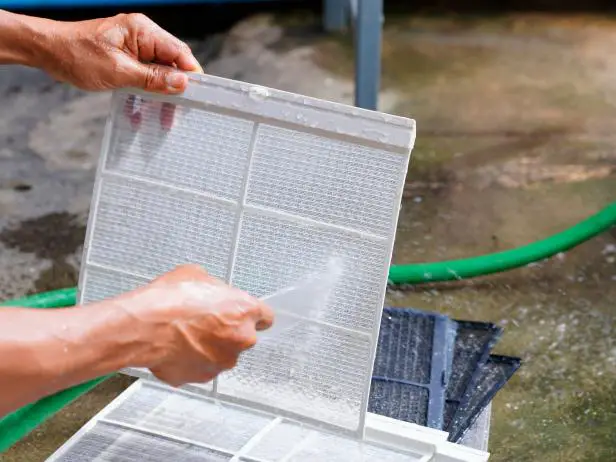
Let’s quickly summarize the advantages of washable air filters:
- Cost savings: You can wash and reuse the filter for several years with no additional cost after the initial purchase.
- Environmental impact: If you’re aware of environmental impact and concerned about it, then a reusable HVAC air filter is the only option.
- Sizing: You only need to find the correct size air filter once every five or six years. Suppose you live in a rural area and the local hardware store doesn’t stock various goods. In that case, you’re better off with washable filters.
- There’s no need to stock up or buy every month: If the hardware store isn’t on your regular shopping list every month, you don’t need to make a trip there only for HVAC air filters.
Advantages of Disposable Air Filters
Changing a disposable air filter is quick and easy. There’s no need to dismantle and clean anything. You slide the old one out of the housing and throw it in the trash. The new filter slides into space, and your task is complete. Anybody who doesn’t have the time or inclination to spend time washing an air filter will benefit from using disposables.
Disposable filters typically have a higher MERV rating than washable filters. If you or a family member suffers from asthma or allergies, disposable filters with a high MERV rating could be the correct option. Keep in mind that the filter and MERV rating needs to be compatible with your HVAC system, or the performance and efficiency will drop.
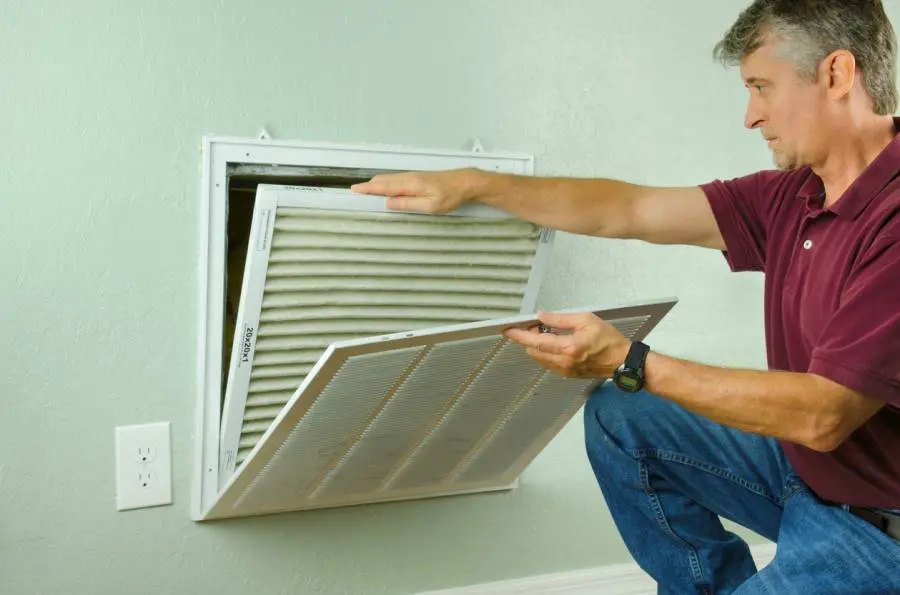
Disposable air filters have a lower initial cost than washable filters. Although the washable filters save money in the long term, the cost of disposable filters generally won’t break the bank either. If you’re happy to buy in bulk or visit the hardware store for replacement filters each month, using disposable filters is optional.
Whenever you replace a disposable filter in your HVAC system, you know that the filter is clean and free of mold or bacteria. Washable filters need to be cleaned thoroughly and completely dry before you reinstall them.
Reinstalling a wet washable filter can encourage mold to grow on the filter. Your blower then distributes the spores throughout your home, potentially posing a health risk to the building’s occupants.
Let’s look at a summary of the benefits of using disposable HVAC air filters.
- Convenience: Changing disposable air filters is quick and easy, with no special skills needed.
- Better filtration: Manufacturers can use a denser weave in disposable air filters, so they typically have better filtration properties, particularly for smaller particles.
- Low initial cost: Disposable air filters have a significantly lower initial price than washable filters, meaning that the monthly fee remains low.
- No health risk: There’s no risk of mold or fungus growing on the filter as it’s replaced regularly.
What About UV Filters?
UV filters utilize short-wave ultraviolet light (UV-C) to eliminate bacteria, viruses, and mold. UV filters have proven effective in the water purification process and can also be used in HVAC systems. HVAC UV filters either target coil sterilization or air sterilization.
By mounting UV-C lights in the return ducts of an HVAC, this filtration system targets air sterilization. The coil sterilization method targets problematic areas like coils, condensation trays, and traditional filters where mold and mildew usually form.
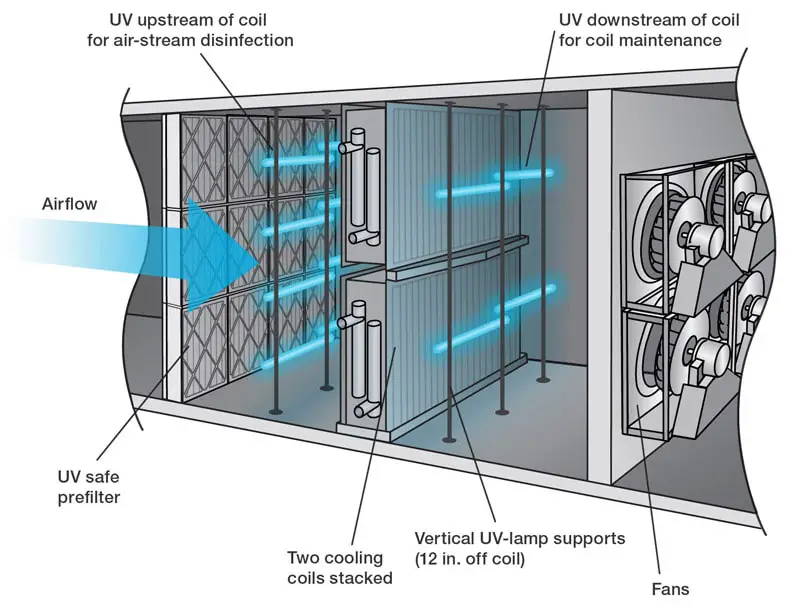
A UV filter only eliminates viruses, bacteria, mold without stopping dust, pet hair, or other large particulates. You can’t use a UV filter without another filtration method to prevent these particulates from entering the ducting. Large particles in the air may even lower the efficiency of the UV system by shielding spores and viruses from UV radiation.
UV light is also hazardous if you’re directly exposed to it and can cause skin irritation (sunburn) or damage your eyes. If you choose to fit a UV filter system into your HVAC, ensure that a qualified technician does the job to eliminate the risk to you and your family.
UV Filter Benefits
Let’s look at the benefits of UV filters.
- These filters work all the time, even if the HVAC system is off.
- UV filters eliminate microorganisms that other filter types can’t remove from the air.
- A UV filter won’t hinder or restrict the airflow in your HVAC system.
- There are no filtration media so that UV filters won’t become blocked.
UV Filter Disadvantages
There are a few negative factors to consider.
- These filters don’t remove large particulates from the air.
- UV filtration systems for HVAC systems can be expensive to install.
- Although there aren’t filters to change, the bulbs will need replacement from time to time.
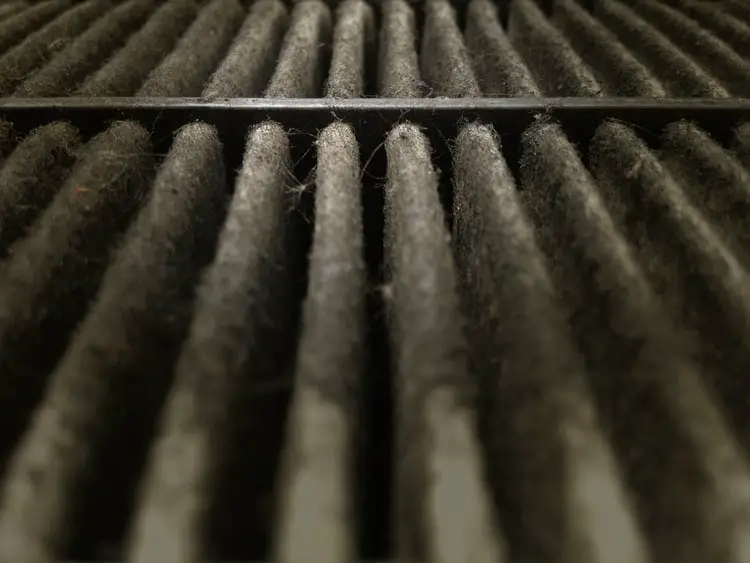
Which Filter is More Environmentally Friendly?
Everything we throw away ends up in a landfill, so disposable products cause pollution. Even biodegradable products that we dispose of spend some time in a landfill, posing an environmental risk. For this reason, washable air filters cause minor damage to the environment, even though they use the same materials.
You can mitigate the effect on the environment by using filters with biodegradable media like cotton, which takes two to three months to decompose. However, you’re still throwing filters away quicker than the environment is absorbing them. Even with washable filters, you need to be careful which detergents you use, as the soap is absorbed into the soil and groundwater.
When is it Time to Replace My Washable Air Filter?
Washable air filters last a long time, but you still need to replace them eventually. You can extend the life of a washable air filter by regularly washing it and ensuring that it’s appropriately refitted after each wash.
Suppose you notice that the filter media remains clogged even after a thorough washing of the filter starts falling apart. In that case, it’s time to replace it. Another indication that you need to replace your washable air filter is that more dust particles blow through the registers. Check the filters every three to four weeks and wash them when they become clogged.
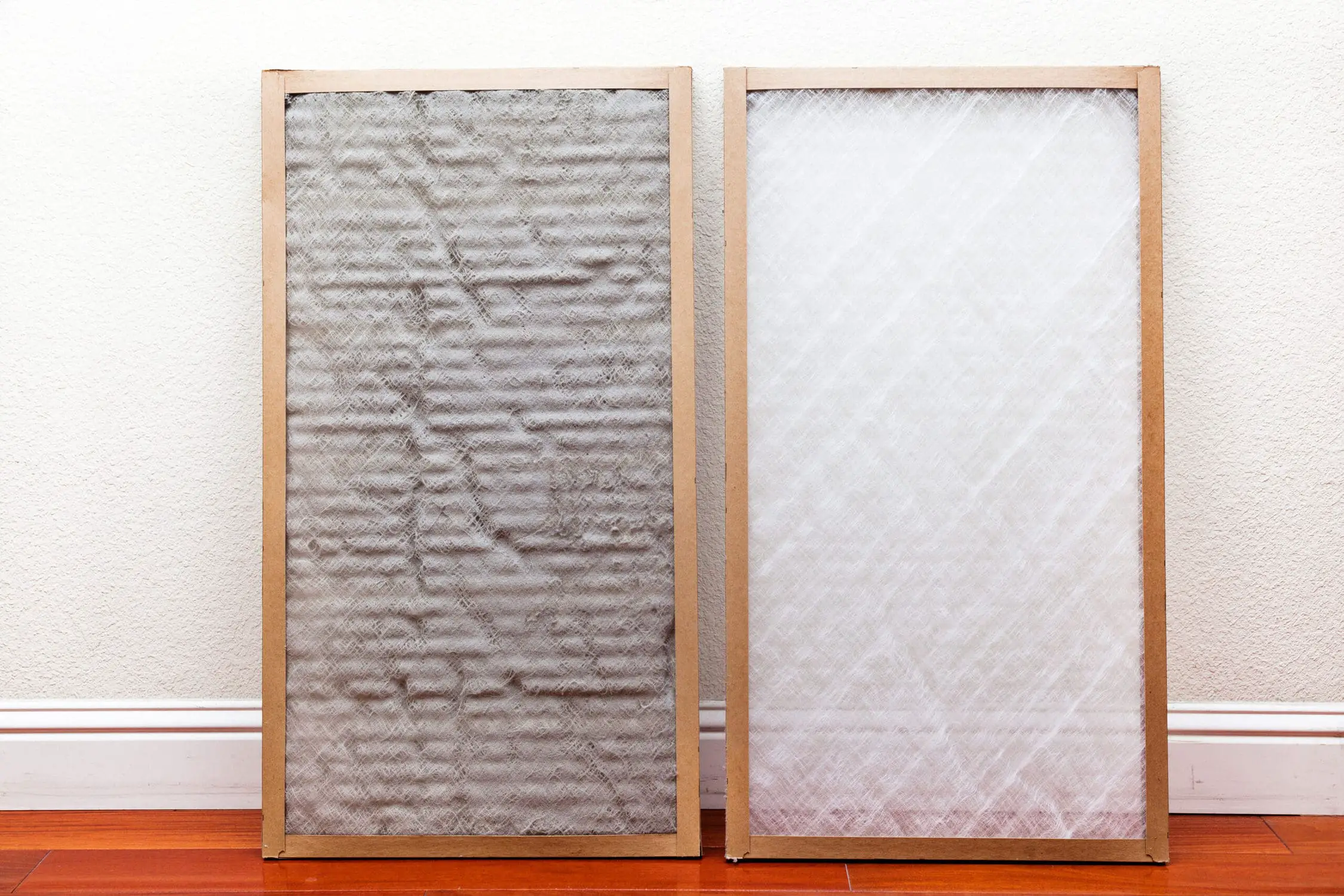
When is it Time to Replace My Disposable Air Filter?
Check your disposable filter every three to four weeks and replace it if it starts to become clogged or dirty. Many factors influence the length of time between changes. Outdoor air pollution, the number of people and pets in the home, and even the inlets’ location all affect the maintenance intervals. By checking the filters regularly, you can determine a time frame that’s suitable for your circumstances.
If you notice that your AC is running longer than usual, it could indicate that the air filter is blocked. Another sign that your filter needs to be changed is reduced airflow from the registers. If there’s a foul odor coming from the ducting, check your filters before trying anything else.
Bottom Line
Choosing between disposable and washable air filters for your HVAC is a matter of personal choice. Suppose you don’t mind spending a little extra time washing the filters. In that case, washable filters provide long-term savings and less impact on the environment.
You can change disposable filters quickly and easily, but they’ll end up in a landfill. You’ll also need to spend time looking for the correct size filters every time you need to change them.
If you’re an impatient person, then possibly the convenience of disposable filters will appeal to you. You also won’t need to worry that mold or fungus will grow on a filter that you’ve reinstalled before it’s properly dry.
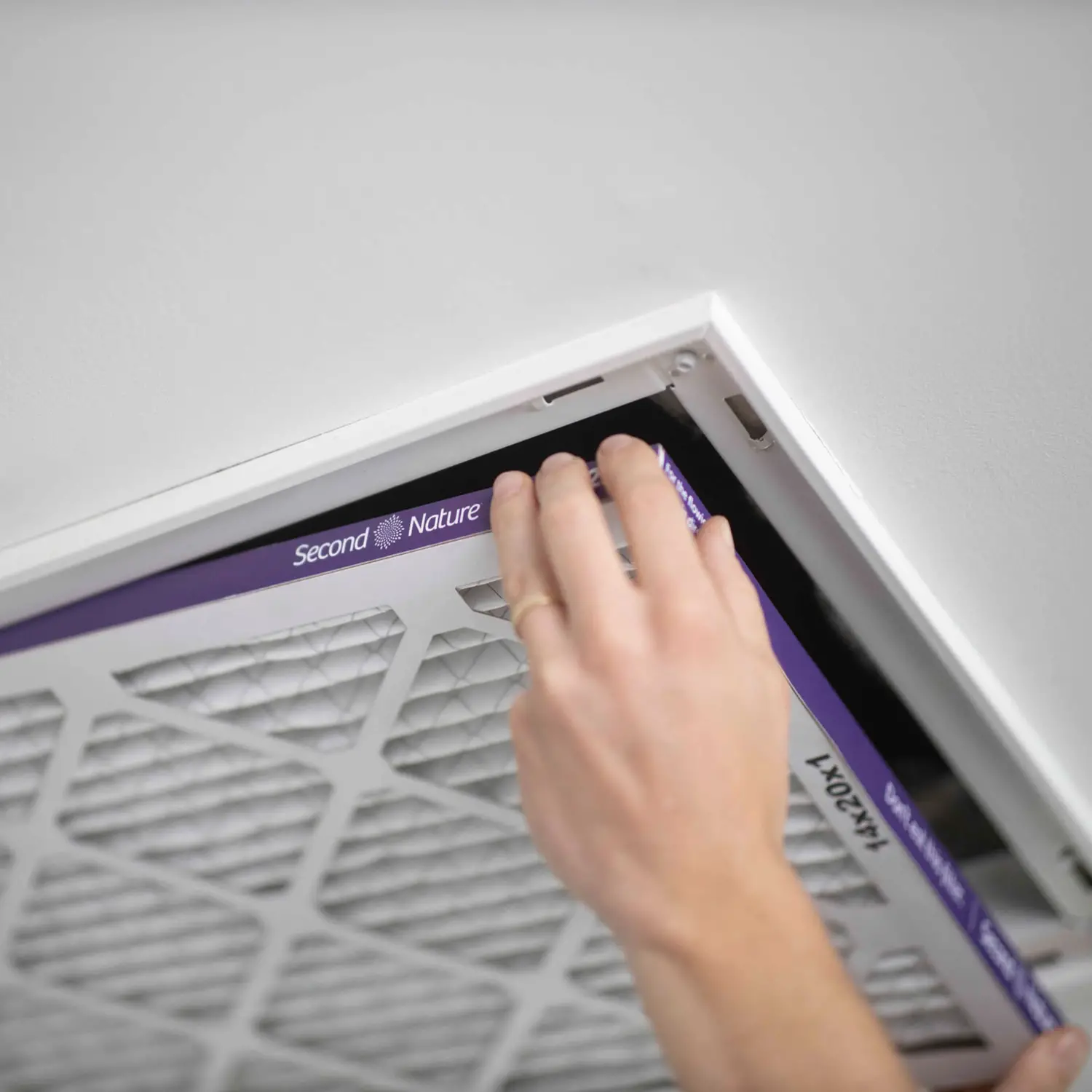
People Also Ask
People always have additional questions to ask about HVAC air filters. We’ve tried to cover some of the more commonly asked questions in this section.
You can expect a washable air filter to last between five and six years. Some external factors like how often you wash the filter and how much contaminants it needs to block will affect the filter’s lifespan.
Don’t clean a disposable filter. These filters were designed to be used until they become blocked and then thrown away. You can knock some of the dirt out of the filter and vacuum it in an emergency, but you must still replace it as soon as possible.
Yes. Your AC relies on good airflow over the coils to work. If your filter is blocked, the airflow is restricted. You’ll also not have enough air coming through the registers to cool your home sufficiently.
Yes, but don’t do this unless necessary and replace the filter at the first opportunity. Running the AC without a filter exposes the coils to dust particles that eventually damage them and reduces indoor air quality.
